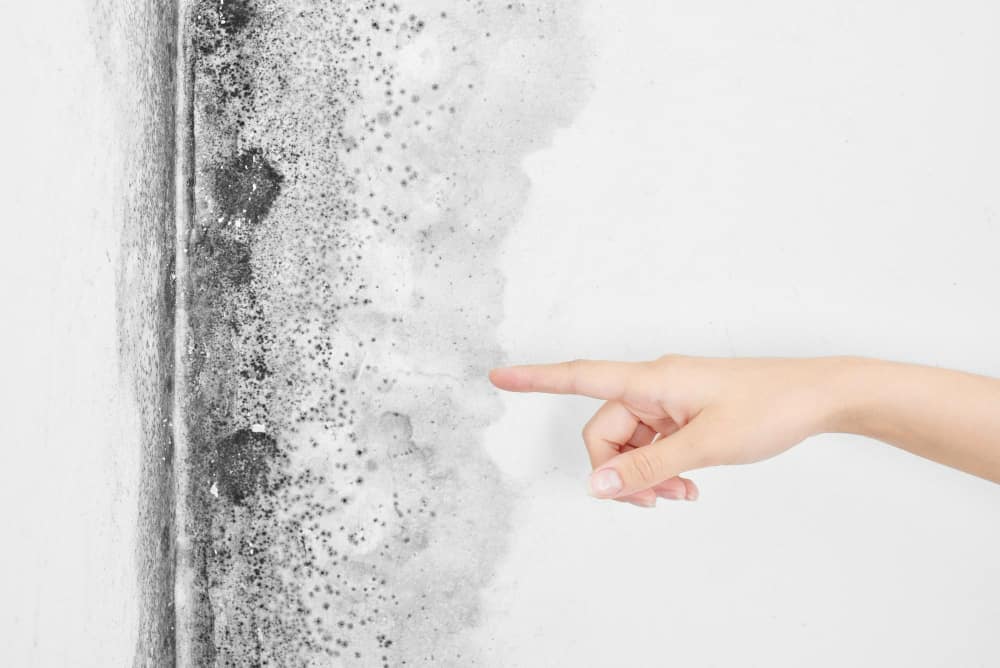A basement with water leaking from the heavy rain is a typical condition that most homeowners worry about. It is a sign that there might be cracks or holes that can cause further damage in your house sooner or later.
The damages that a wet basement can do are mold infestations, ruined walls, busted furniture, and other impairment to the stuff you store in there. The comforting news is, water in the basement is a common issue that anyone can prevent or fix with the help of experts.
Getting rid of the musty smells from a ruined basement is not an easy task. A team of skilled mechanics and professional cleaners is what you need to fully renovate the affected place, making it better than before.

How does water get into the basement after heavy rain?
A house or building built with a good foundation and correct measurements can easily withstand any sort of natural weather conditions. However, having your basement experience heavy rainfall disturbances will surely test its durability.
Here are a few explanations for how water gets into the basement after the rain.
Hydrostatic Pressure – this process happens when the soil around your basement absorbs large amounts of water. The volume of the soil increases and causes pressure against the concrete floors or walls of your basement, creating breaks or splits
- Drainage Problems – poorly installed gutters and window wells can cause serious leakage in your basement. Sometimes, the drainage gets clogged as well causing water to seep into the windows.
Identifying Common Signs of Water in the Basement
There are warning signs to look out for in order to identify if you have water in the basement. Becoming aware of these signs can help you detect the current condition of your basement and have it fixed promptly.
Here is a list of symptoms that a wet basement commonly displays:
- There is condensation or water build-up on the walls and floors.
- A persistent odor of mold or mildew is present.
- Wall stains are visible and parts of the painting are decaying.
- Carpets and rugs are usually damped and deteriorating.
- Wooden objects are decaying rapidly.
Steps to take when rainwater reaches your basement
Water in the basement is a serious matter especially if it reaches a certain hazardous level. Keep in mind that anything you touch may electrocute you or give you some water-related disease.
The following list consists of the correct steps you should take when heavy rain causes flooding in your basement:
Step #1: BE SAFE!
Avoid standing in the water or wet area. Make sure you are not holding any electrical device or near any electrical wires and sockets. Wear proper gear as well such as rubber boots, gloves, and masks to protect you from molds and dirt.
Step #2: Identify the source of incoming water.
The heavy downpour can only be a triggering factor for water to evidently show up in your basement. There is certainly the main source for this to happen and usually, they are drainage or plumbing problems.
You need to hire a skillful mechanic to help you determine the source and fix the problem promptly. If you find the gateway of the water seepage, try putting a stopper on it to halt the flow of rainwater.
Step #3: Dry the area or remove the water when it is possible.
To save your basement and the stuff inside from further damage, you should eliminate the water immediately. You can use a home floor vacuum if the flood is not too high. However, serious flooding requires a disaster rescue team to pump the water out.
Once the water is out, don’t forget to dry out the place using a dehumidifier.
Step #4: Get rid of items and furniture that may grow mold.
This is a devastating step since you will have to say goodbye to some of the things that may attract the growth of mold. Nonetheless, it is important to remove such stuff to protect your health and the whole house’s interior.
Step #5: Save what you can.
Don’t forget to wash and clean the rest of the items/furniture that you will be saving. Use an appropriate soap or detergent then dry them out carefully. After drying your stuff, you may assemble them all together in the basement again.
How to prevent wet basement incidents?
Having a wet basement incident is not something you want to happen again. Thus, here are some waterproofing ideas you should consider to stop water from leaking into your basement.
- Vapor Barrier – this is a 10 to 20 mil thick sheet that can be installed on your basement walls. It prevents moisture from condensing and seeping into the floors.
- Drain tile system – there are two types of drain tile systems: interior and exterior. The exterior system accumulates water outside the walls of your basement. The interior drain tile system collects water beneath the basement floor.
- Sump pump – this is an essential part of a basement drainage system. The sump pump works by collecting water from the drain tile to the sump pit. Once the pit reaches a certain level, the sump pump will discard the water out of your place.
Seek a professional water damage service – Hire Restoration Squad Now!
Allowing a small leak or slight difference in the moisture levels in your basement can lead to serious side effects. The leakage may grow bigger and the humidity will encourage mold growth sooner or later.
Don’t wait for the worst-case scenario! Have your drainage system fixed today. with the Restoration Squad.
When it comes to water removal, we are the team to call here in San Jose, California. We cover all types of Water Damage Services including:
- Water in Basement
- Water Damage Repair
- Water Extraction
- Water Removal
- Flood Damage Restoration.
Aside from that, we are also highly reliable when saving damaged furniture and possessions. Using a combination of special cleaning techniques and professional repair, any broken item can look good as new!
You may reach us anytime because our store is open 24 hours every day for a quick and prompt water damage restoration service! Call us at (408) 412-3003

